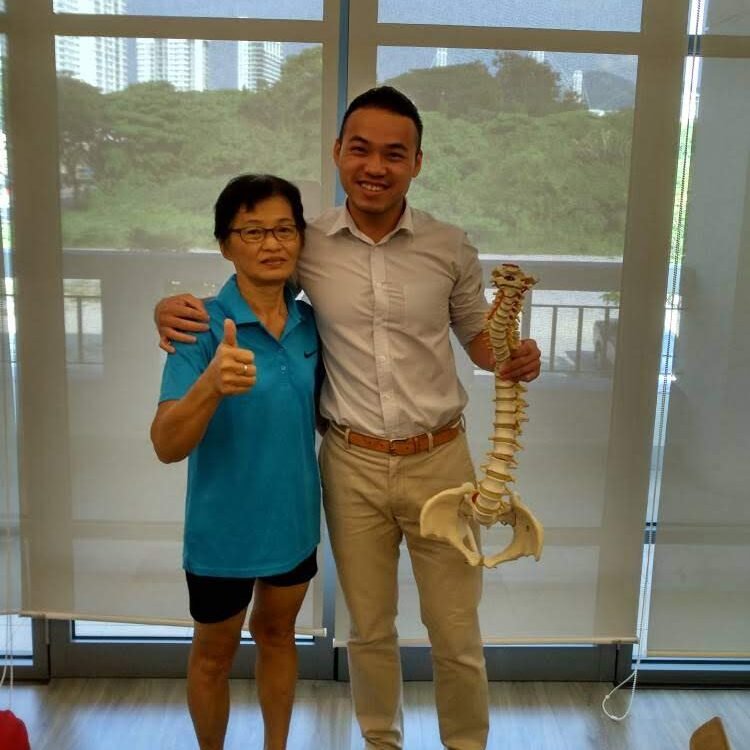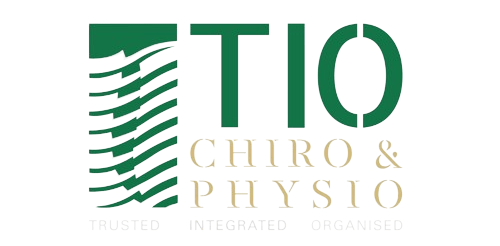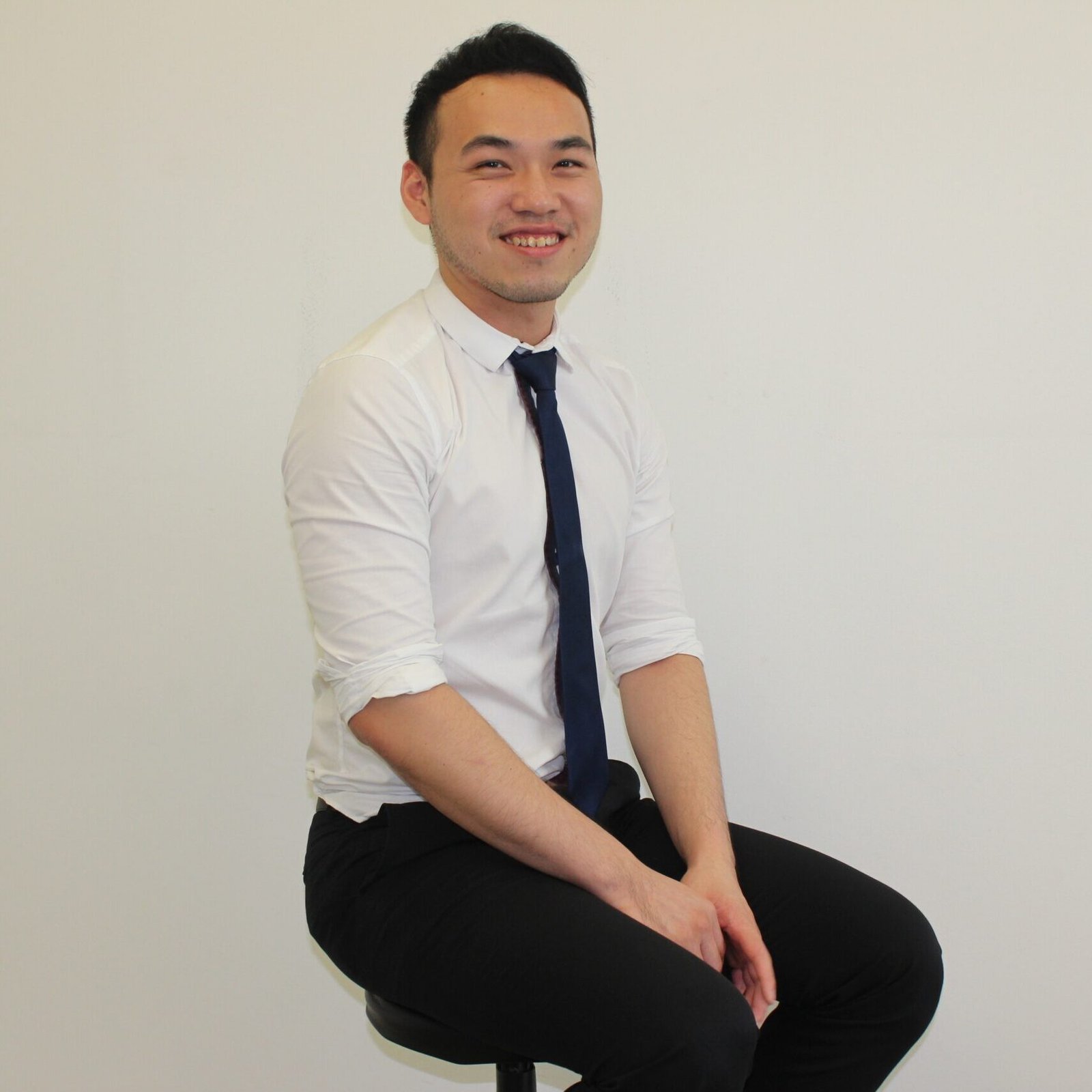
If you’ve been Googling “dry needling near me” and landed here, chances are you’re dealing with stubborn muscle pain or tension that just won’t go away. Dry needling is a targeted treatment used by physiotherapists and chiropractors to relieve tight knots in muscles, known as trigger points, and help you move pain-free again. At TIO Chiro & Physio, we specialise in dry needling for everything from chronic pain to sports injuries, and we’re based right here in Petaling Jaya. This guide breaks down what dry needling is, what it feels like, and what to expect before your first session.
What Is Dry Needling?
Dry needling is a modern treatment technique used to target muscle pain and dysfunction at its source. Unlike traditional massage or manual therapy, dry needling involves the insertion of very thin, sterile needles directly into myofascial trigger points – those tight, sensitive knots in your muscles that can cause pain locally or refer discomfort to other parts of the body.
Despite the name, nothing is injected during this process. The term “dry” distinguishes it from injections or wet needling, where substances like corticosteroids or anaesthetics are delivered through the needle. This approach focuses solely on mechanical stimulation of the muscle, which helps reduce tension, improve blood flow, and reset dysfunctional muscle patterns.
Physiotherapists trained in dry needling use this method to treat conditions such as tension headaches, neck and back pain, sports injuries, sciatica, and even chronic conditions like fibromyalgia. It’s particularly effective when paired with movement rehabilitation, as it relieves deep muscle tension that often restricts mobility and performance.
How Dry Needling Works
 Dry needling isn’t about energy flow or ancient philosophies; it’s about muscle function, nerve pathways, and real physiology. Here’s how it works from a clinical, science-backed perspective.
Dry needling isn’t about energy flow or ancient philosophies; it’s about muscle function, nerve pathways, and real physiology. Here’s how it works from a clinical, science-backed perspective.
Trigger Point Disruption and Healing Response
Dry needling targets myofascial trigger points. These are tight bands of muscle that restrict movement and cause referred pain. When a thin needle is inserted into these points, it creates a micro-injury that triggers a healing cascade. Blood flow increases, inflammation rises slightly (in a good way), and metabolic waste is flushed out, giving your body the green light to start repairing tissue.
The Twitch Response: More Than Just a Reflex
That little muscle jump you might feel when the needle hits the right spot? That’s called the local twitch response. It’s involuntary and immediate, and it’s one of the clearest signs the therapist has hit the actual source of your discomfort. It also helps relax the muscle, reset the neural pathway, and reduce sensitivity in the area.
A Western Medical Approach – Not Acupuncture
Don’t confuse dry needling with acupuncture. While both use fine needles, the intent and theory behind them are entirely different. Acupuncture works on traditional Chinese meridian points. Dry needling, however, is rooted in modern anatomy and neuroscience. It’s used by trained physiotherapists and chiropractors as part of evidence-based care for issues like muscle tightness, sports injuries, or nerve-related pain.
Gentle Needle Techniques for Deeper Muscle Release
Once inserted, the needle might stay in place for a few minutes or be gently moved to activate muscle release. You might feel a dull ache, a slight twitch, or nothing at all. Most patients describe it as strange but not painful, and the relief that follows often outweighs any momentary discomfort.
Benefits of Dry Needling Treatment
 Dry needling offers more than just temporary relief; it addresses the root of muscular pain and dysfunction. For patients seeking “dry needling near me” in Petaling Jaya, understanding these benefits can help you decide if it’s the right fit for your recovery or performance goals.
Dry needling offers more than just temporary relief; it addresses the root of muscular pain and dysfunction. For patients seeking “dry needling near me” in Petaling Jaya, understanding these benefits can help you decide if it’s the right fit for your recovery or performance goals.
Eases Chronic and Acute Pain
Whether you’re battling chronic shoulder stiffness, nagging neck tension, or tight hamstrings from sitting all day, dry needling helps desensitise trigger points that cause pain. It’s especially effective for those dealing with physiotherapy for chronic pain, muscle knots, or tension headaches that just won’t go away.
Restores Range of Motion
By releasing tight muscles, dry needling improves flexibility and functional movement. This makes it a go-to therapy for athletes, office workers, and older adults trying to regain mobility after injury or surgery.
Accelerates Injury Recovery
Dry needling speeds up soft tissue healing by increasing blood flow, reducing inflammation, and stimulating collagen production. When paired with physiotherapy in Petaling Jaya or manual therapy, it can shave weeks off recovery time from sprains, strains, and overuse injuries.
Reduces Muscle Tightness and Spasms
Trigger points can cause muscles to spasm, contract unpredictably, or remain tense. Dry needling resets the muscle tone, allowing it to return to its normal resting state.
Complements Chiropractic and Physiotherapy Plans
Dry needling is not a standalone miracle cure—it works best as part of a broader chiropractic or physiotherapy approach. Clinics like TIO Chiro & Physio often combine it with spinal adjustments, mobility drills, and strengthening exercises to support long-term healing.
What Special Conditions Can Dry Needling Help?
 While dry needling is often associated with general muscle tension or sports recovery, its applications go much deeper. Here’s how this technique supports more specific conditions.
While dry needling is often associated with general muscle tension or sports recovery, its applications go much deeper. Here’s how this technique supports more specific conditions.
Sports Injury Recovery
For athletes and active individuals, dry needling accelerates healing and restores range of motion by releasing tight muscle knots that restrict movement. Whether you’re managing a pulled hamstring, rotator cuff issue, or runner’s knee, dry needling helps flush out inflammatory waste and improve circulation to the affected area. It’s commonly used alongside rehab exercises to get athletes back in form faster and with reduced risk of reinjury.
Dry Needling for Cancer Symptom Relief
Emerging research shows that dry needling may help manage musculoskeletal pain in cancer patients, particularly when traditional medications cause fatigue or side effects. For example, it’s been used in post-mastectomy patients dealing with chronic shoulder and chest tightness. While it’s not a cure or standalone treatment, dry needling can complement oncological care by reducing pain and enhancing mobility during recovery.
Support for Postural and Work-Related Pain
If you’re seated at a desk all day, chances are you’ve felt the familiar neck stiffness, shoulder tension, or lower back ache. Dry needling targets those overused muscles, particularly the upper traps, levator scapulae, and lower back extensors that tighten up due to poor ergonomics. When combined with posture retraining and physiotherapy, it can break the cycle of daily discomfort and prevent more serious issues like nerve compression or chronic inflammation.
What to Expect Before Your First Dry Needling Session
If it’s your first time trying dry needling, you might feel a little nervous. That’s normal. But understanding the process can help ease those nerves and ensure you’re fully prepared for a smooth session.
Your Consultation Comes First
Before any needle touches your skin, you’ll have a one-on-one consultation with a certified physiotherapist or chiropractor. They’ll ask about your medical history, lifestyle, current symptoms, and what you’re hoping to achieve. This ensures dry needling is safe and appropriate for your condition, especially if you have underlying health issues or are on medication.
At TIO Chiro & Physio, we personalise every session, so you’re never getting a one-size-fits-all approach.
Your Body Will Be Assessed
The therapist will do a physical assessment to locate the muscles or trigger points causing you pain. You may be asked to perform simple movements or posture tests to identify imbalances or tension areas. This is where dry needling proves its value—it targets deep muscle dysfunction that manual therapy may not reach alone.
How to Prepare
You don’t need to fast or change your routine drastically, but here are a few tips:
- Wear comfortable, loose-fitting clothes
- Stay hydrated
- Eat a light meal an hour or two before your appointment
- Avoid vigorous exercise right before the session
It’s also helpful to arrive a few minutes early to relax your mind and body before treatment.
What Happens During the Session?
You’ll lie down comfortably as the therapist inserts sterile, fine needles directly into the tight muscle band or trigger point. You may feel a twitch response, a quick, involuntary contraction of the muscle, which means the treatment is working. Most people report a dull ache or mild sting, but it’s rarely painful.
Sessions typically last 20–40 minutes, depending on the area being treated and your response to the therapy.
Conclusion
Dry needling is more than a trend; it’s a powerful, research-backed tool in modern physiotherapy that helps relieve muscle tension, improve mobility, and support long-term recovery. Whether you’re an office worker with a tech neck or an athlete managing a recurring injury, dry needling can help break the pain cycle and reset your movement patterns.
And if you’re searching for “dry needling near me”, location matters. For those based in Petaling Jaya, TIO Chiro & Physio offers expert dry needling therapy delivered by qualified practitioners who blend manual therapy with a whole-body recovery plan.
Best Physiotherapy in Petaling Jaya
Frequently Asked Questions
Why Should You Choose TIO Chiro & Physio?
As a trusted physiotherapy clinic in Petaling Jaya, TIO Chiro & Physio is committed to holistic care that prioritizes patient comfort and long-term wellness. Here’s why patients choose us:
Expert Practitioners
Our team has extensive experience in chiropractic and physiotherapy, ensuring safe and effective treatments.
Customized Care Plans
We understand that each patient is unique. Our percussive therapy sessions are designed to meet your specific needs.
Convenient Location
Situated in Petaling Jaya, we are easily accessible for locals, professionals, and families.
Holistic Philosophy
Beyond pain relief, we focus on improving your overall health and quality of life.
Dry Needling Near Me in Petaling Jaya




